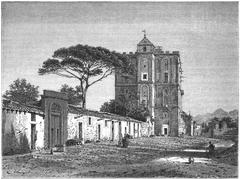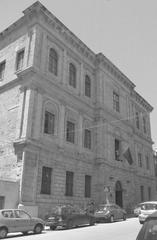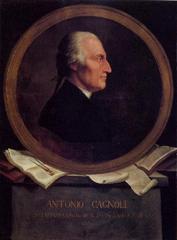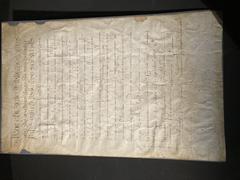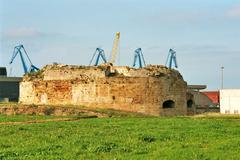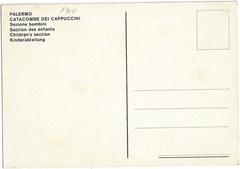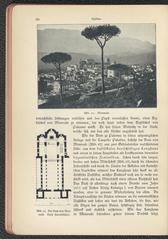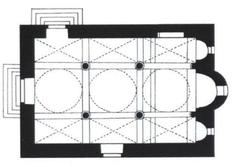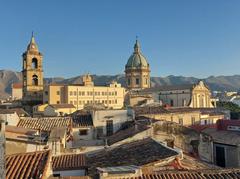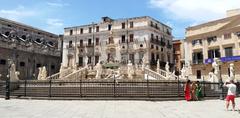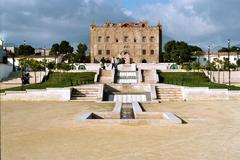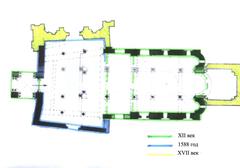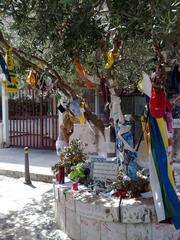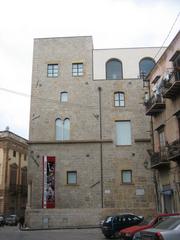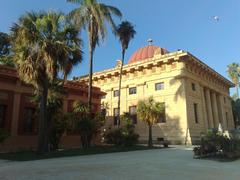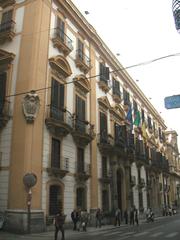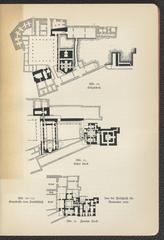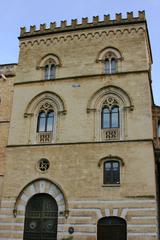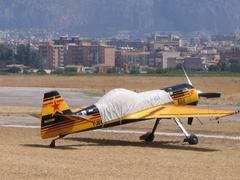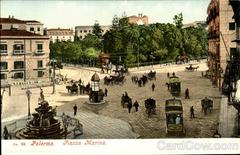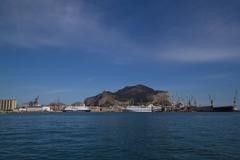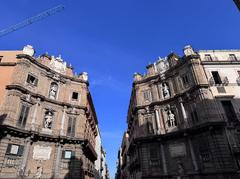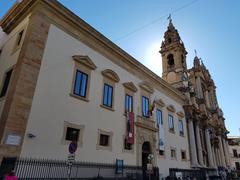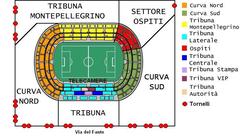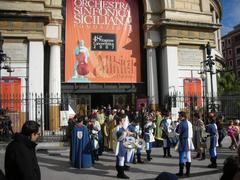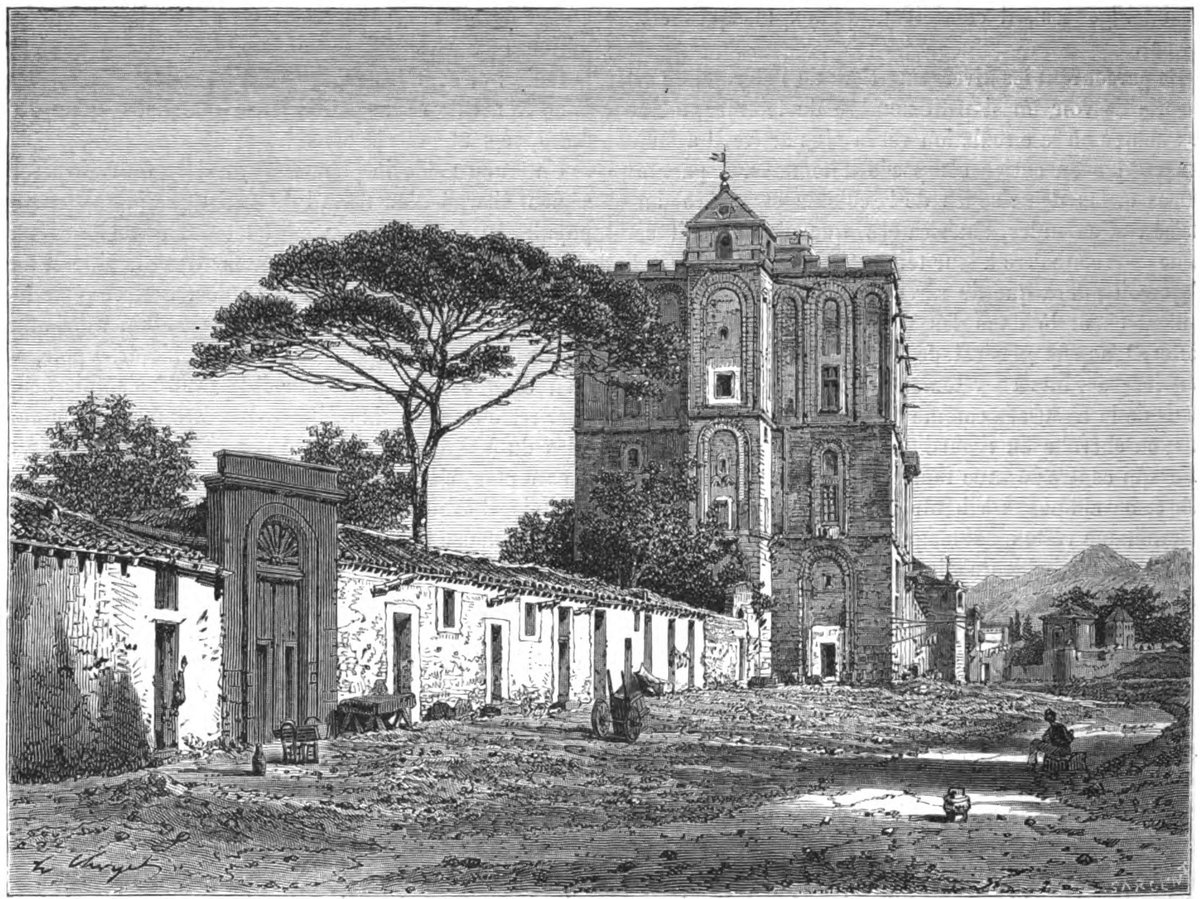
La Zisa Visit Guide: Hours, Tickets, History, and Tips
Publication Date: 18/07/2024
Introduction to La Zisa
La Zisa, located in Palermo, Sicily, is an extraordinary example of Arab-Norman architecture, embodying the rich cultural and historical tapestry of the region. The palace’s name, derived from the Arabic word ‘al-Aziz’ meaning ‘the splendid,’ aptly describes its architectural grandeur and historical significance. Constructed in the mid-12th century during the reign of Norman King William I, La Zisa was envisioned as a luxurious summer residence and a symbol of the fusion of Norman and Islamic artistic traditions. This guide will delve into the captivating history, architectural marvels, and essential visitor information to help you explore one of Palermo’s most iconic historical sites (source).
The palace’s design, characterized by its rectangular layout, central hall, and intricate muqarnas vaulting, reflects the seamless blend of Norman and Arab influences. Over the centuries, La Zisa has undergone numerous transformations, serving various purposes, from a royal residence to a museum. Today, it stands as a UNESCO World Heritage Site, showcasing a collection of Islamic art and offering a glimpse into the multicultural heritage that shaped its history. Whether you are an architecture enthusiast, a history buff, or a curious traveler, La Zisa promises an unforgettable journey through time (source).
Contents Overview
- Introduction
- Historical Background
- The Dawn of a Royal Retreat - Origins in the 12th Century
- Arab-Norman Fusion - Architectural Influences and Craftsmanship
- A Legacy of Transformation - From Royal Residence to Museum
- Visitor Information
- Visiting Hours
- Ticket Prices
- Guided Tours
- Highlights of La Zisa
- The Splendor of the Fountain Room - A Cooling Oasis
- Gardens of Paradise - A Tranquil Oasis in the City
- Travel Tips
- How to Get There
- Nearby Attractions
- Accessibility
- FAQ
- Conclusion
Historical Background
The Dawn of a Royal Retreat - Origins in the 12th Century
The story of La Zisa begins in the mid-12th century, during the reign of the Norman King William I, also known as William the Bad. His father, Roger II, had initiated a grand vision of a palatial complex inspired by the opulent pleasure palaces of the Islamic emirs who once ruled Sicily. La Zisa, meaning “the splendid” in Arabic, was to be a luxurious summer residence, a place of leisure and respite from the bustling city.
Arab-Norman Fusion - Architectural Influences and Craftsmanship
La Zisa’s architecture is a captivating fusion of Norman and Arab styles, reflecting the multicultural society that thrived in Sicily under Norman rule. Arab craftsmen, renowned for their expertise, were commissioned to build the palace, incorporating elements of Islamic architecture seamlessly with Norman aesthetics. The building’s rectangular shape, divided into three sections, echoes the layout of Islamic palaces. The central hall, with its magnificent fountain and intricate muqarnas vaulting, is a testament to Arab architectural ingenuity. This fusion of styles is evident throughout the palace, from the pointed arches and geometric patterns to the use of decorative calligraphy and colorful mosaics.
A Legacy of Transformation - From Royal Residence to Museum
Over the centuries, La Zisa witnessed the ebb and flow of history, changing hands and undergoing transformations that reflected the shifting political landscape of Sicily. After the Norman era, the palace served various purposes, including a period as a private residence in the 16th century. In the 19th century, La Zisa underwent significant restoration efforts aimed at preserving its architectural splendor. Today, it stands as a UNESCO World Heritage Site, a testament to the enduring legacy of Arab-Norman architecture in Sicily. The palace has been transformed into a museum, housing a collection of Islamic art and artifacts, offering visitors a glimpse into the rich cultural tapestry that shaped La Zisa’s history.
Visitor Information
Visiting Hours
La Zisa is open to visitors from Tuesday to Sunday. Opening hours are from 9:00 AM to 5:00 PM, with the last entry at 4:30 PM. It is closed on Mondays and certain public holidays. It is advisable to check the official website for any updates or changes to the visiting hours.
Ticket Prices
Admission fees to La Zisa are as follows:
- Adults: €6
- Reduced (students, seniors, etc.): €3
- Children under 18: Free
Tickets can be purchased at the entrance or online. Group discounts and guided tour packages are also available.
Guided Tours
Guided tours are offered in multiple languages and provide a deeper insight into the history and architecture of La Zisa. These tours can be booked in advance through the official website or at the ticket office.
Highlights of La Zisa
The Splendor of the Fountain Room - A Cooling Oasis
At the heart of La Zisa lies the magnificent Fountain Room, a masterpiece of Arab-Norman design and engineering. This central hall, with its high vaulted ceiling and triple-arched windows, was designed to provide a cool and refreshing escape from the Sicilian heat. The focal point of the room is the stunning fountain, a marvel of hydraulic engineering. Water, channeled from the palace gardens, cascades down a series of marble basins, creating a soothing sound and a refreshing mist that cooled the air. The walls, adorned with intricate mosaics depicting scenes of hunting and courtly life, added to the room’s opulence.
Gardens of Paradise - A Tranquil Oasis in the City
La Zisa’s gardens, once an integral part of the palace’s design, were inspired by the Islamic concept of paradise gardens. These gardens, with their lush vegetation, fragrant flowers, and intricate irrigation systems, provided a tranquil oasis for the Norman rulers. While the original gardens have undergone transformations over the centuries, efforts have been made to restore them to their former glory. Today, visitors can stroll through the gardens, enjoying the shade of palm trees and the scent of citrus blossoms, evoking the splendor of La Zisa’s past.
Travel Tips
How to Get There
La Zisa is located in Palermo, Sicily, and is easily accessible by public transport. Buses and trams run regularly from the city center to the palace. For those driving, parking is available nearby. It is also possible to reach La Zisa by taxi or rideshare services.
Nearby Attractions
Palermo is rich in historical sites and attractions. Nearby, visitors can explore the Palermo Cathedral, the Norman Palace, and the bustling markets of Ballarò and Vucciria. Combining a visit to La Zisa with these attractions makes for a comprehensive exploration of Palermo’s cultural heritage.
Accessibility
La Zisa is committed to providing accessibility for all visitors. Ramps and elevators are available for wheelchair users, and accessible restrooms are on-site. It is recommended to check the official website for detailed accessibility information before visiting.
FAQ
Q: What are the opening hours of La Zisa?
A: La Zisa is open from Tuesday to Sunday, 9:00 AM to 5:00 PM, with the last entry at 4:30 PM. It is closed on Mondays.
Q: How much are the tickets for La Zisa?
A: Tickets are €6 for adults, €3 for reduced categories, and free for children under 18.
Q: Are guided tours available at La Zisa?
A: Yes, guided tours are available in multiple languages and can be booked in advance or at the ticket office.
Q: Is La Zisa accessible for people with disabilities?
A: Yes, La Zisa has ramps, elevators, and accessible restrooms to accommodate visitors with disabilities.
Conclusion
Today, La Zisa stands as a captivating reminder of Sicily’s rich and diverse past. Its Arab-Norman architecture, a testament to the island’s multicultural heritage, continues to inspire awe and wonder in visitors from around the world. As you explore the palace’s chambers, admire the intricate mosaics, and wander through its tranquil gardens, you’ll be transported back in time, immersing yourself in the splendor and grandeur of La Zisa’s fascinating history.
Call to Action
Plan your visit to La Zisa today and explore one of Palermo’s most iconic historical sites. For more information on visiting hours, tickets, and tours, visit the official website. Don’t forget to check out our other articles on Palermo’s historical sites and follow us on social media for the latest updates and travel tips.
